Engine Company’s Primary Mission: Mode of Attack – [Part 2 of 6]
The Engines Primary Mission: Mode of Attack [Part 2 of 6]
In my previous article we briefly discussed the engine company’s primary mission at the scene of a fire. If you have not read it, Click Here.
This week we will dive into considerations for choosing the proper mode of attack.
Mode of attack is broken down into 3 categories.
1. “Offensive Attack” is usually defined as an aggressive interior attack.
The offensive attack is the mode of attack most often performed. This is because a large majority of fire departments are in densely populated urban or suburban areas with shorter response times. Companies will arrive early in the fires development when the structure is safe and the chance to locate and remove trapped occupants warrants an aggressive interior effort.
2. “Defensive Attack” is defined as an exterior fire attack.
Defensive fire attack is characterized by the existence of conditions that would render the interior attack un-safe or un-necessary. An example would be an occupied structure (residential or commercial) heavily involved in fire were the structural integrity has been compromised rendering it un-safe. Another example is a vacant derelict structure with moderate fire conditions which would make an interior attack un-safe and un-necessary due to the absence of a life hazard.
3. ” Transitional Attack” is defined as a combination of interior and exterior attack.
Transitional attack is very simply switching between the two previously mentioned modes. If you have ever withdrawn from a building after starting an aggressive interior attack because you were not making any head way and knocked it down from the outside you have performed a transitional attack. If you ever knocked a fire down from outside before proceeding in to mop it up you have performed a transitional attack. Transitional attack is not a new type of attack!
The Decision on which mode of attack is appropriate is based on the following criteria:
1. Type of Occupancy
- Residential?
- Commercial?
2. Type of Construction
- Structural Integrity?
3. Life hazard
- Known entrapment?
- Suspected entrapment?
4. Extent of Fire
- Room and Content?
- Fully involved?
5. Resources on hand
- Manning and Experience levels?
- Where is your Back-up?
The pictures shown here exhibit a fire that appeared to be confined to the interior wall space on the A-B corner upon arrival. An interior attack was attempted to quickly contain and extinguish the fire in an attempt to save the structure. ![Engine Company Mode of Attack [Part 2] FirefighterToolbox](https://firefightertoolbox.com/wp-content/uploads/2013/07/Engine-Company-Mode-of-Attack-Part-2.jpg) This attempt was short lived when the 1st arriving truck company discovered an advanced fire condition in the cock loft. Once units confirmed all the employees had been evacuated companies withdrew and went to a defensive operation!
This attempt was short lived when the 1st arriving truck company discovered an advanced fire condition in the cock loft. Once units confirmed all the employees had been evacuated companies withdrew and went to a defensive operation!
This fire is a great example of how your mode of attack can change once you have gathered and evaluated all the information. Remember size-up is ongoing throughout the entire incident.

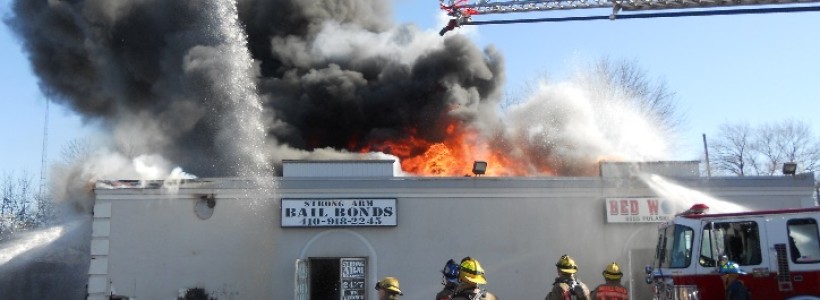
![Engine Company Mode of Attack [Part 2 b] FirefighterToolbox](https://firefightertoolbox.com/wp-content/uploads/2013/07/Engine-Company-Mode-of-Attack-Part-2-b.jpg)
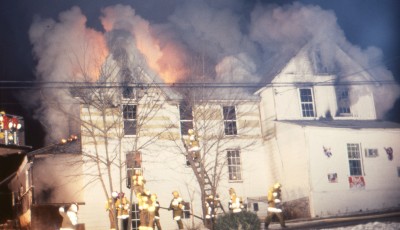
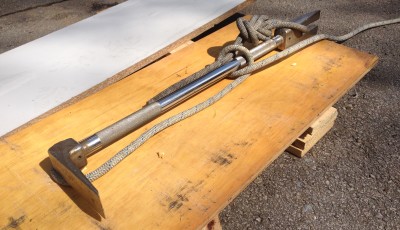

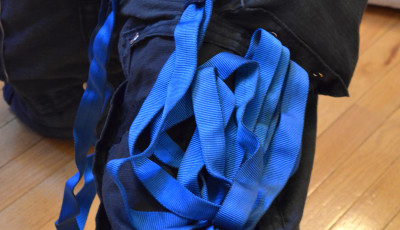
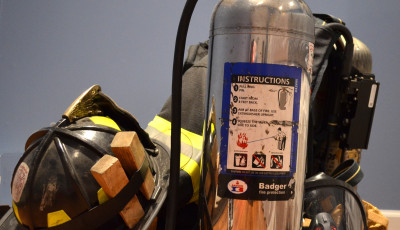
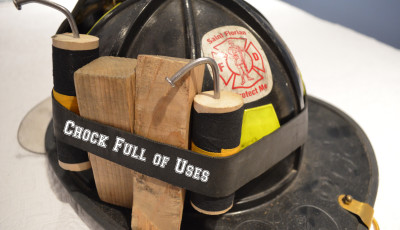




While the transitional attack is not anything new, the fire service in general has reservations when it comes time to execute. Since we are driven by nature to “win” over the fire, that pride often drives us to attempt to stand our ground and even push further into a dangerous situation. As Captain Smith states, it’s often better to withdrawl and knock visible fire from safe positions on the exterior if there are no rescues to be made. I’ll add that in intense fire conditions and/or when questionable structural integrity exists, occupants in that area are already gone and an aggressive search is an un-necessary risk. As the initial I.C. on the fire pictured above, I can tell you that conditions inside were absolutely tenable-light smoke and no heat-and I was suprised to have been “pulled out” by the Chief, who arrived shortly after. An unusually windy day contributed to fire spread through concealed spaces and the cockloft area and we confirmed early on that the building had been evacuated. If you consider risk vs. benefit, the call to transition to a defensive attack was a good one and everyone went home safe.
Pingback: Fireground Decision Making [Part 2 of 3] | FireFighterToolBox
Scott thanks for your feed back your comments are right on track with making good fire ground decisions. When incident commanders on the outside of the building see conditions that paint a much different picture from what interior crews are seeing this should be a red flag that something is wrong. When we are ordered to back out of a structure we should not question or try and bargain with the IC “just give me 5 more minutes” we need to back out re-group and take another look at what has changed. There is a fine line between aggressive and reckless.